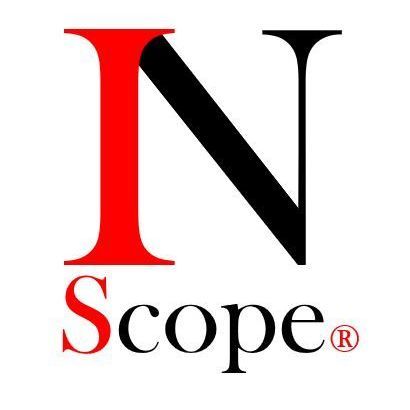Staffing agencies rely on a variety of systems that require low voltage cabling for their operations. Here's a breakdown of what these might include:
Network Infrastructure:
- Local Area Network (LAN): Essential for connecting all office devices including computers, servers, and printers.
- Wireless Access Points: To Provide Wi-Fi coverage, which still often relies on wired connections to the access points.
Security Systems:
- CCTV Cameras: Surveillance cameras need low voltage cabling to transmit video feeds back to monitoring stations.
- Access Control Systems: For managing who can enter secure areas, often involving card readers or biometric scanners.
Telecommunications:
- Telephone Systems: Including VoIP (Voice over Internet Protocol) phones which require both power and data transmission.
- Intercoms: For internal communication within the branch.
Guest Wi-Fi:
- Separate Network Segments: Ensuring guest Wi-Fi is isolated, which might involve different cabling to separate access points.
Specialized Applicant Terminals:
- Specialized systems for handling applicant inquiries, credentials, and job applications.
Conference Room Technology:
- Audio-Visual Equipment: HDMI for high-definition video transmission.
- Video Conferencing: Cabling for high-quality video and audio.
Backup and Redundancy Systems:
- UPS (Uninterruptible Power Supply) systems might use low voltage for monitoring and control, ensuring critical systems stay online during power outages.
Printer & Scanner Connections:
- Direct Ethernet Connections: For high-speed printing or scanning, especially for large documents or high-resolution scans.
Digital Signage:
- For internal communications or customer-facing displays, which might pull content from the network.

